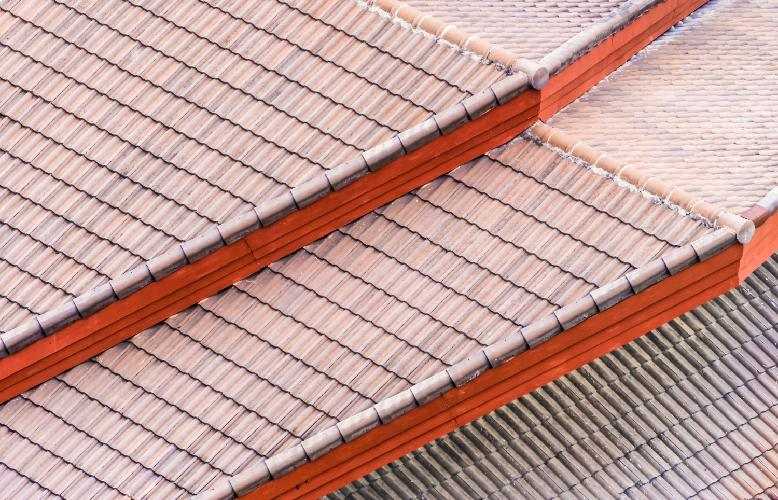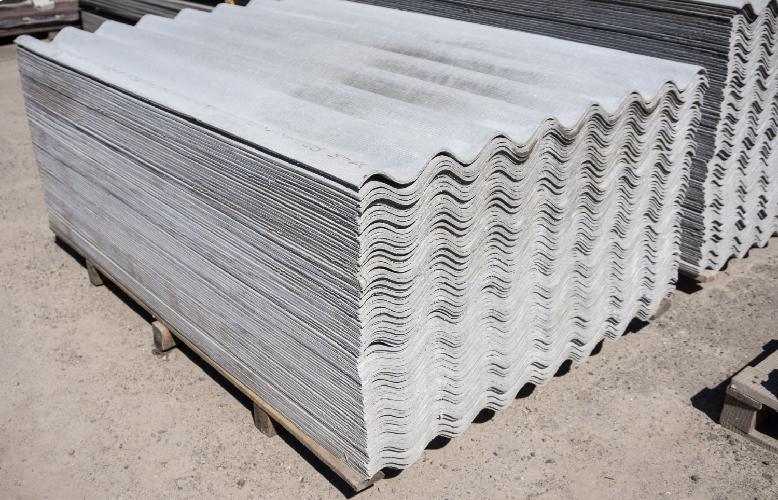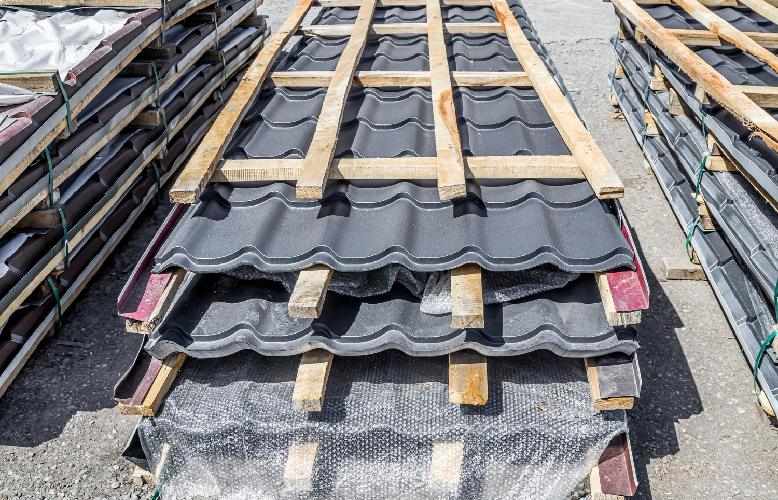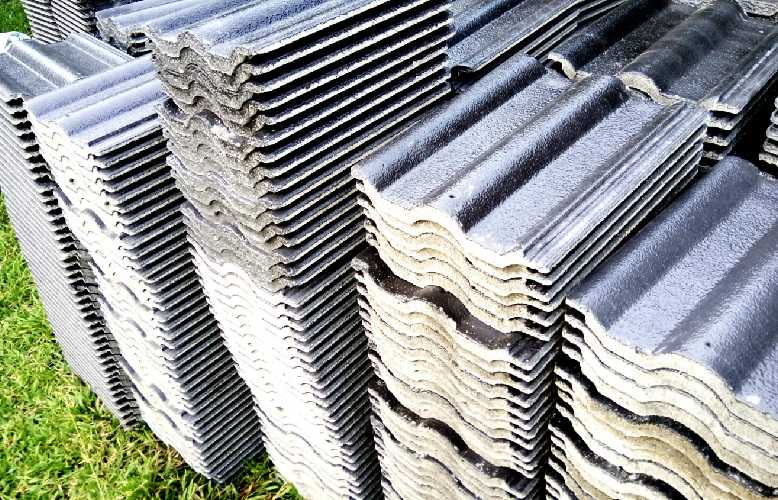When it comes to home improvement projects, few are as impactful as replacing your roof. It’s not just about enhancing curb appeal; it’s also a critical step in safeguarding your home against the elements. But what happens once that old roofing material is stripped away?
Instead of leaving you with a mountain of debris cluttering your yard, proper disposal practices can ensure an eco-friendly and efficient transition to your new rooftop sanctuary! In this guide, we’ll walk you through the essential steps for responsible disposal of roofing materials after replacement—from recycling options to local regulations—so you can feel good about giving Mother Earth some love while sprucing up your home! Let’s dive into how to turn waste into opportunity and keep our planet green, one shingle at a time!
Introduction to Roofing Materials and Roof Replacements
When it’s time to replace your roof, the excitement of a new look can quickly turn into a daunting task. Roofing materials come in various forms, from shingles and tiles to metal sheets and insulation. Each type requires careful consideration—especially when it comes to disposal after your project is complete. Neglecting proper disposal not only poses risks to the environment but also affects local communities.
As you embark on this home improvement journey, understanding how to manage roofing materials responsibly is key. Proper disposal doesn’t just keep your property tidy; it reflects a commitment to sustainability and environmental stewardship that benefits everyone involved. Let’s explore the steps you need to take for responsible disposal after replacing your roof!

Importance of Proper Disposal of Roofing Materials
Proper disposal of roofing materials is crucial for both environmental and safety reasons. When roofs are replaced, they generate a significant amount of waste. If not handled correctly, this debris can harm the ecosystem.
Many roofing materials contain harmful substances that can leach into soil and water sources. By ensuring proper disposal methods are followed, we protect our local wildlife and maintain the integrity of natural resources.
Additionally, improper disposal can lead to legal consequences. Many municipalities have strict regulations regarding construction waste, including roofing materials. Ignoring these laws may result in fines or other penalties. Responsible disposal also reflects your commitment to sustainability. It sets an example for others in your community to follow while promoting eco-friendly practices within the industry.
Taking care during the disposal process ensures that valuable resources are recycled or reused rather than ending up in landfills where they contribute to pollution and waste accumulation.
Steps to Properly Dispose of Roofing Materials
Proper disposal of roofing materials begins with sorting. It’s essential to categorize your waste into different types, such as shingles, metal flashing, and insulation. This step helps in finding the right recycling or disposal options for each material.
Next, explore recycling opportunities available in your area. Many local facilities accept asphalt shingles for reuse in paving projects. Metal components can often be recycled at scrap yards, contributing to a circular economy.
Donating usable materials is another option worth considering. Organizations like Habitat for Humanity welcome donations of leftover roofing supplies that can help others while keeping items out of landfills. When it comes to hazardous materials—like old asphalt or lead-based products—it’s crucial to follow safety guidelines and regulations. These should be taken to specialized disposal sites equipped to handle them safely without harming the environment.
Sorting the Materials
Sorting roofing materials is the first step in effective disposal. Begin by identifying what types of materials are present on your roof. Common options include asphalt shingles, metal sheets, wood shakes, and tiles.
Once you have a clear picture, separate these items into distinct piles. This will make it easier to manage each type appropriately. For instance, asphalt shingles can often be recycled together, while metals need to go into their own category.
Don’t forget about insulation or underlayment layers that might also be removed during replacement. These may require different disposal methods compared to visible roofing materials. Labeling each pile can help streamline the process further. Having everything organized not only eases transportation but also ensures compliance with local regulations regarding waste management.
Taking time to sort now prevents headaches later when you’re ready for recycling or donation options.
Recycling Options
Recycling roofing materials is an eco-friendly way to manage waste while conserving resources. Many components, like metal shingles and asphalt, can be processed and transformed into new products. For instance, metal roofs are highly recyclable. Scrap metal facilities often accept old aluminum or steel roofing. This not only reduces landfill waste but also provides valuable raw materials for manufacturers.
Asphalt shingles present another recycling opportunity. They can be repurposed for road construction or as a component in asphalt mixes. Several specialized recycling centers focus on processing these materials, making it easier than ever to find a suitable facility.
Even wood shakes and tiles have recycling potential. These can sometimes be turned into mulch or compost after being properly processed. Engaging with local contractors who know the available options helps streamline this process effectively.
Donating Options
Donating roofing materials is a fantastic way to give back while promoting sustainability. Many organizations accept surplus or gently used items from roof replacements. Habitat for Humanity, for example, often welcomes donations of shingles, insulation, and underlayment. These materials can help families in need build safe homes.
Local community centers or shelters might also benefit from your donation. They sometimes run programs that utilize construction materials for renovations or new builds. Before donating, ensure the items are clean and usable. Check with the organization about their specific needs as well; some may have restrictions on certain types of materials.
By choosing to donate instead of disposing of everything in a landfill, you contribute positively to your community and reduce waste simultaneously.

Disposing of Hazardous Materials
When replacing a roof, it’s crucial to identify hazardous materials. These can include old shingles coated with asbestos or lead-based paints. Proper handling of these substances is vital for safety. First, wear protective gear. Gloves and masks are essential when dealing with any potentially harmful materials. This precaution protects both you and the environment.
Next, do not dispose of these items in regular trash bins. Instead, contact your local waste management facility for guidance on hazardous material disposal options in your area. Many communities offer special drop-off days or designated sites specifically for such waste. It’s worth checking their guidelines to ensure compliance and safety.
If you’re unsure about what qualifies as hazardous roofing material, consult professionals before starting your roof repair Yonkers, NY project. Keeping everyone safe should always be a top priority during any roofing job.
Tips for Hiring a Responsible Roofing Contractor
Finding a responsible roofing contractor can make all the difference in your roof replacement experience. Start by seeking recommendations from friends, family, or neighbors who have recently completed similar projects. Check online reviews and ratings to gauge their reputation. Look for contractors with consistent positive feedback regarding their workmanship and customer service.
Verify that they are licensed and insured. This protects you from potential liabilities during the project. Ask for detailed quotes that outline materials, labor costs, and timelines. A transparent estimate helps avoid surprises down the line.
Finally, consider choosing local contractors like Perfect Contractor Group. Local experts often prioritize community satisfaction and understand regional building codes better than outsiders do. Their commitment to quality work ensures peace of mind throughout your roofing project.
By hiring experts like those at Perfect Contractor Group, homeowners gain peace of mind knowing their old roofing will be handled responsibly. This not only reflects on their commitment to quality work but also shows dedication to sustainable practices.
Moreover, they offer thorough guidance throughout the process. Clients are informed about recycling options available for various materials—helping minimize landfill impact while promoting environmentally friendly solutions. Engaging with contractors who share these values transforms roof repair Yonkers, NY into opportunities for positive change within communities.
Environmental Impact of Improper Disposal
Improper disposal of roofing materials poses serious environmental threats. When these materials end up in landfills, they contribute to pollution and waste accumulation. Most roofing products contain non-biodegradable components that can linger for decades.
As they break down, harmful chemicals may leach into the soil and waterways. This contamination can disrupt local ecosystems, harming wildlife and plants. Moreover, discarded asphalt shingles release toxins as they degrade. These substances can infiltrate groundwater supplies, posing health risks to communities.
Beyond immediate effects, improper disposal also amplifies resource depletion. The production of new roofing materials requires energy and raw resources that could be saved through recycling or repurposing old ones.
Every decision made about roofing material disposal impacts our planet’s future. Choosing responsible methods is essential not just for compliance but for safeguarding our environment for generations to come.
Alternative Ways to Repurpose Old Roofing Materials
Old roofing materials can find new life in creative ways. Instead of sending them to landfills, consider repurposing them for various projects around your home. Wood shingles can be transformed into charming garden planters or rustic birdhouses. Their natural texture adds character and a unique touch to your outdoor spaces.
Metal roofing sheets make excellent fencing panels or art installations. With a little creativity, you can create eye-catching features that enhance your yard’s aesthetic. Asphalt shingles might be used as an underlayment for walkways or driveways. They provide durability while keeping costs low without compromising quality.
Even smaller pieces of roofing material can serve practical purposes, like coasters or decorative elements in DIY crafts. Embracing these alternative uses not only showcases sustainability but also allows homeowners to get imaginative with their old materials.

The Responsibility Lies with All Parties Involved
Proper disposal of roofing materials after a replacement is more than just a task; it’s a shared responsibility that involves homeowners, contractors, and communities. Homeowners should educate themselves about the different types of roofing materials they are replacing and their respective disposal methods. Engaging with responsible contractors like Perfect Contractor Group ensures that the job is done right from start to finish.
Contractors play a pivotal role in making sure all waste is handled appropriately. They must prioritize eco-friendly practices, such as recycling or donating usable materials instead of sending everything to the landfill.
Communities also have an essential part in this process by providing resources for recycling and safe disposal options. Everyone involved must be aware of the environmental impact that improper disposal can have on our planet.
Taking these steps not only protects our environment but also leads to better community relationships and sustainable practices within the industry. The way we handle roofing materials today will shape how we build tomorrow.





